Introduction
After spending five enjoyable days in both Kyoto (3 days) and Osaka (2 days) it was now time for us to move out of Japan and continue to our next destination, which those who are familiar with my reports probably already know. As I booked my outbound flight out of Japan well in-advance of making any itinerary within Japan, we had to position back to Tokyo despite our next destination having direct connections to Osaka with several airlines.
So in order to reach Tokyo Narita by 2 pm, options to fly to Narita were somewhat leaving with only one flight of Jetstar Japan departing at 7 am from Osaka Kansai, which I found too early. Departing from Itami to Haneda gave me plenty of options and to transfer by bus. While Osaka Itami provided me with a lot of choice for connections to Haneda, I opted to book us on the flight of Star Flyer (via ANA's website) from Kansai to Haneda as Osaka Namba is directly connected to Kansai. The total fare of this flight was about 145 USD for two one-way fares.
Flight routing
- 1
- 2
- 3
- 47G22 - Economy - Osaka → Tokyo - Airbus A320
Departing to Osaka Kansai
The fastest and probably most efficient way to reach Osaka Kansai is taking the Nankhai Limited Express Rapi:t from Osaka Namba station to Osaka Kansai. The ride takes about 35 to 40 minutes and will bring you directly to the airport for about 4 USD (520 yen).
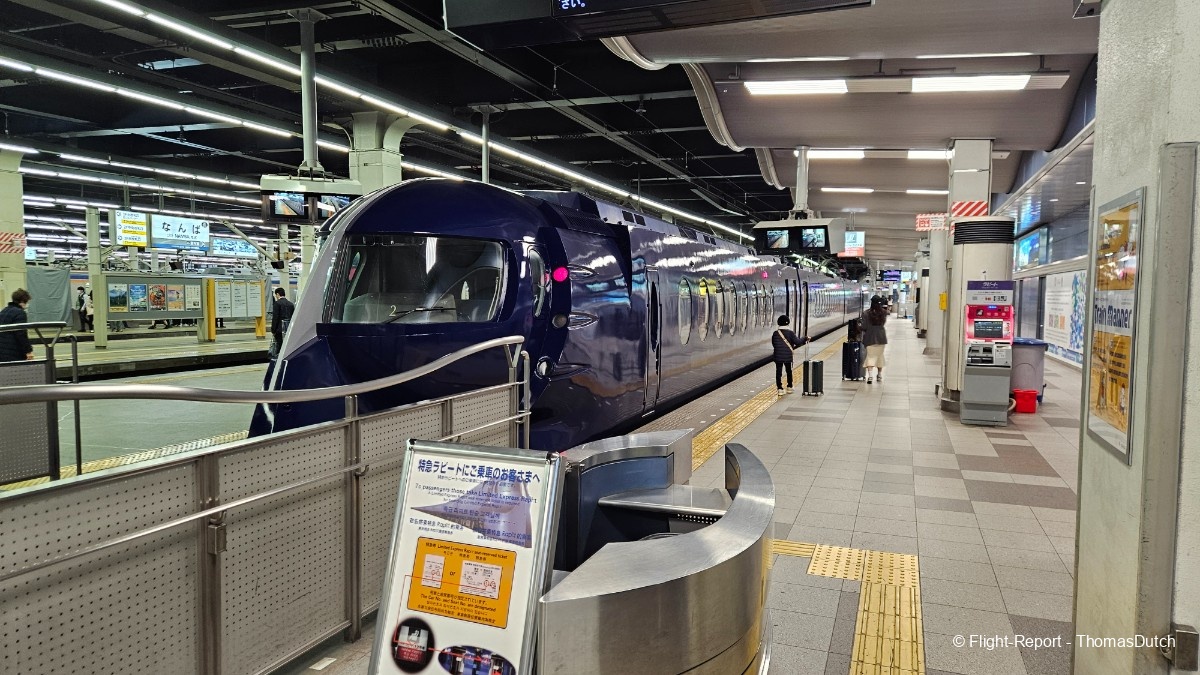
The train is designed with a retro-futuristic concept and this is also portrayed in the cabin of the train with large windows and leopard-printed seats. It was quite an unique experience to witness this, though the train ride wasn't as smooth as it could be comparing it to some different train rides I've been taken in Japan.
Though I must admit that the ride itself was quite an unique experience.
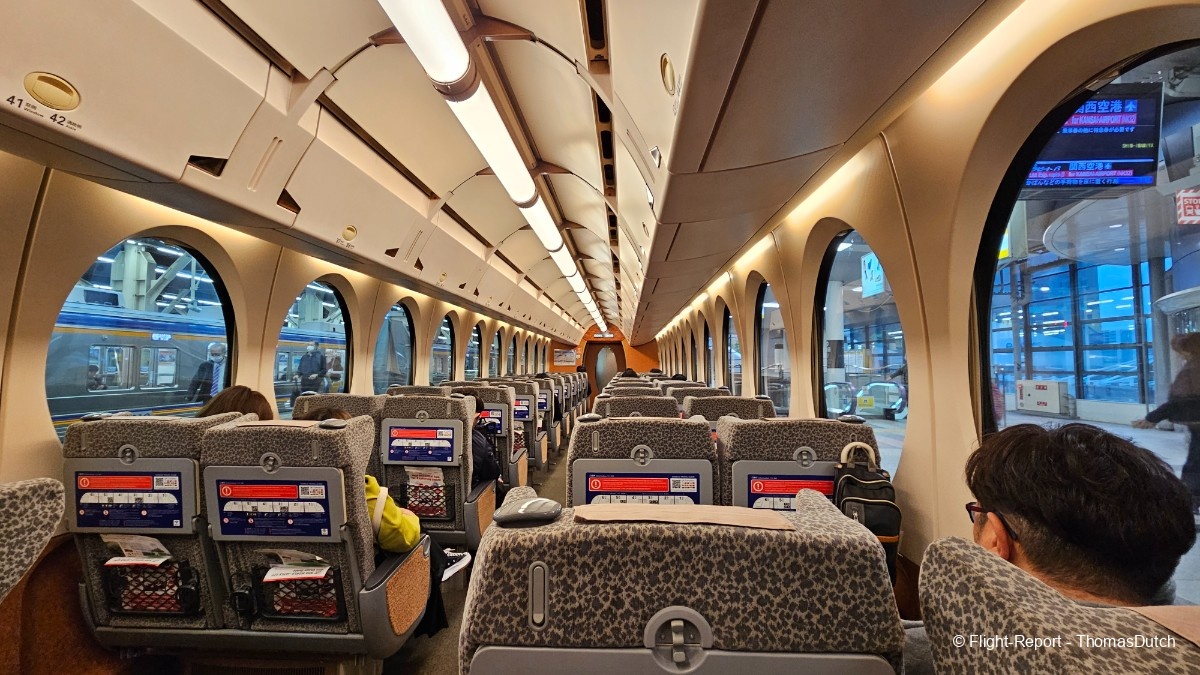
About fourty minutes past our departure of 8 am, we were rolling into station of Osaka Kansai where we made our way to terminal 1.
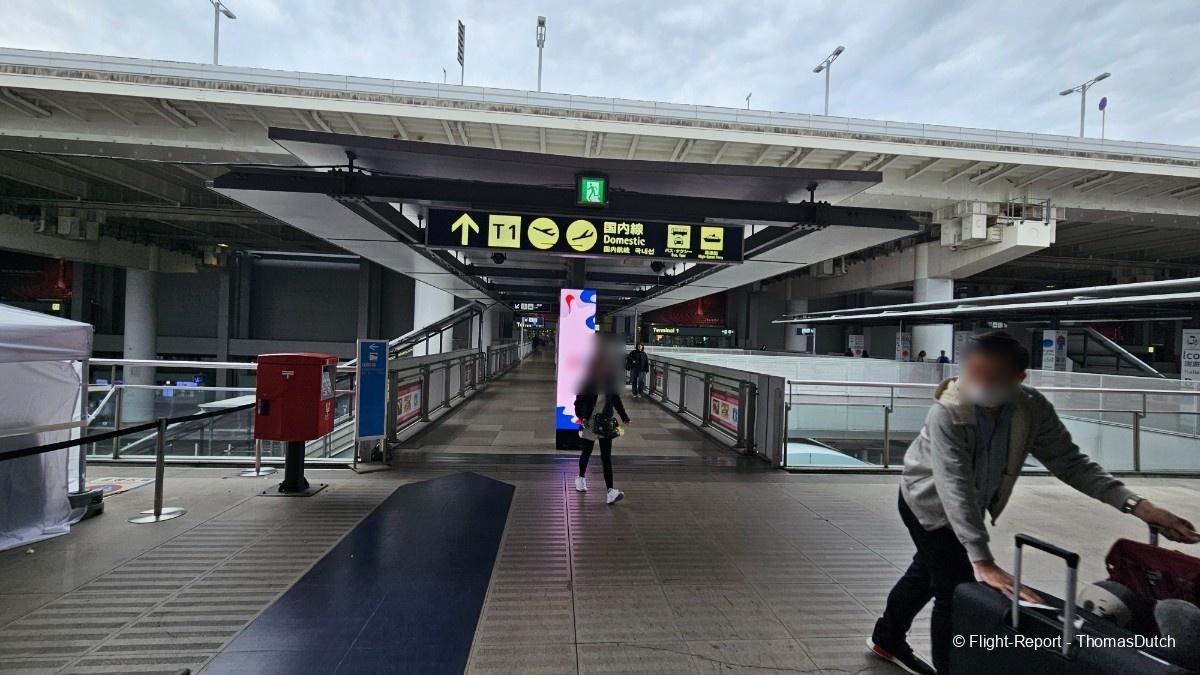
Osaka Kansai Airport
Given that StarFlyer isn't part of ANA and operates on their own flight numbers, I assumed that check-in for our flight would be done via StarFlyer, despite us having booked the ticket via ANA, yet StarFlyer did not have any information regarding our booking when I tried to check in online and one of the customer care agent which I contacted online the day prior told us to contact ANA for this information.
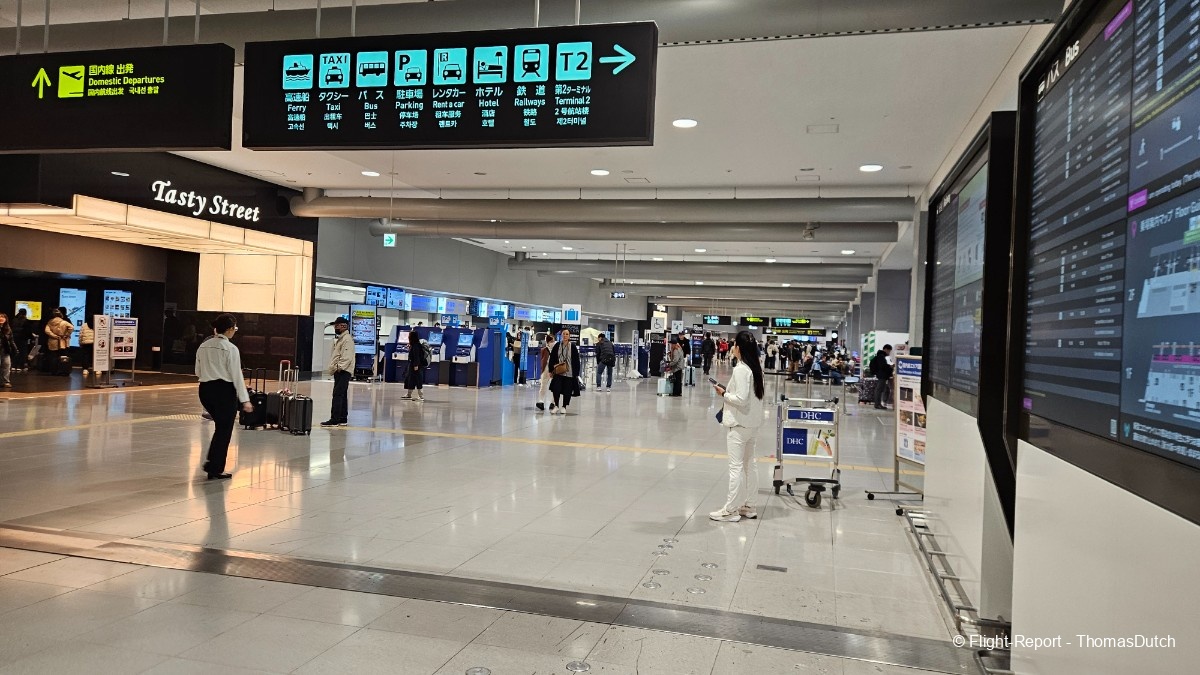
So in the end I just went to Osaka Kansai as briefed and asked one of the ground attendants whether we had to check-in via StarFlyer or via ANA. Given that we had bought the ticket via ANA, the friendly chap told us that we should check in with ANA for the information to be transferred to StarFlyer and helped us in the entire process to drop our bags.
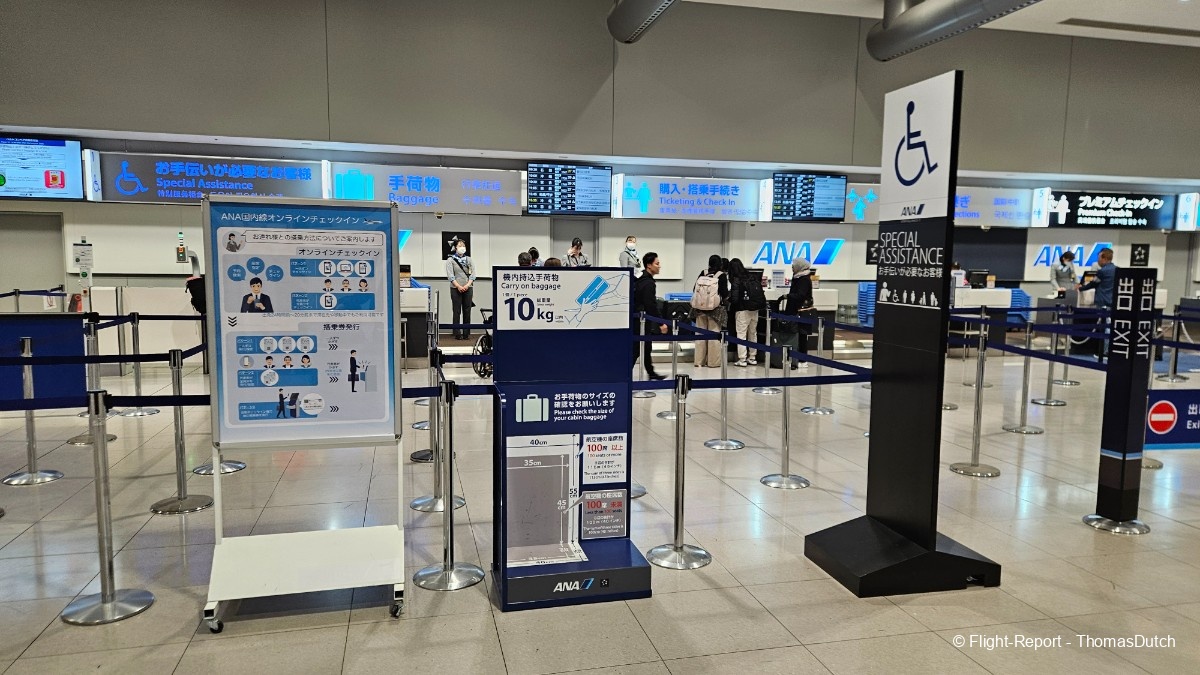
First he directed us to one of those self check-in counters to check-in and receive our boarding pass.

After grabbing our boarding passes, he directed us to one of those kiosks to grab our luggage tag and for our luggage to be weighed.

At least the friendly chap directed us to one of those manned counters to drop our luggage. We thanked him for his support and went on our way to security.
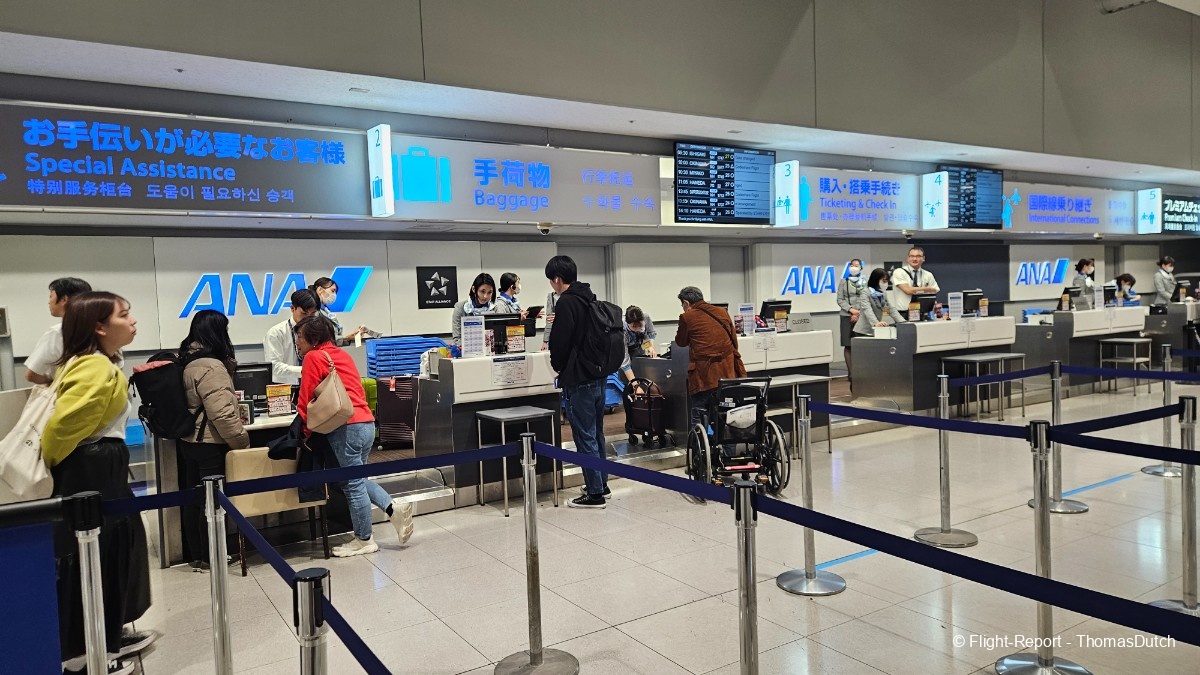
Security itself was a breeze with just a few people in line and took about five minutes to clear.

A short walk from security through the hallway drops you off in a section with a few shops and eateries around. Fortunately they are not forcing you to walk through a duty free shop and you can clear most of them with ease.

As we did not have access for any lounge via priority pass, we decided to hop in one of the restaurants to grab us some breakfast. The weird part is that the restaurant we sat down, had a section sealed off for priority pass (which did not pop up into the app) and apparently was only for Japanese customers of Priority Pass that bought it directly with them and not via American Express, albeit that's what the lady told me.

Rather than really understanding it, I decided to sit down at the restaurant itself and grab us a bite of noodles.
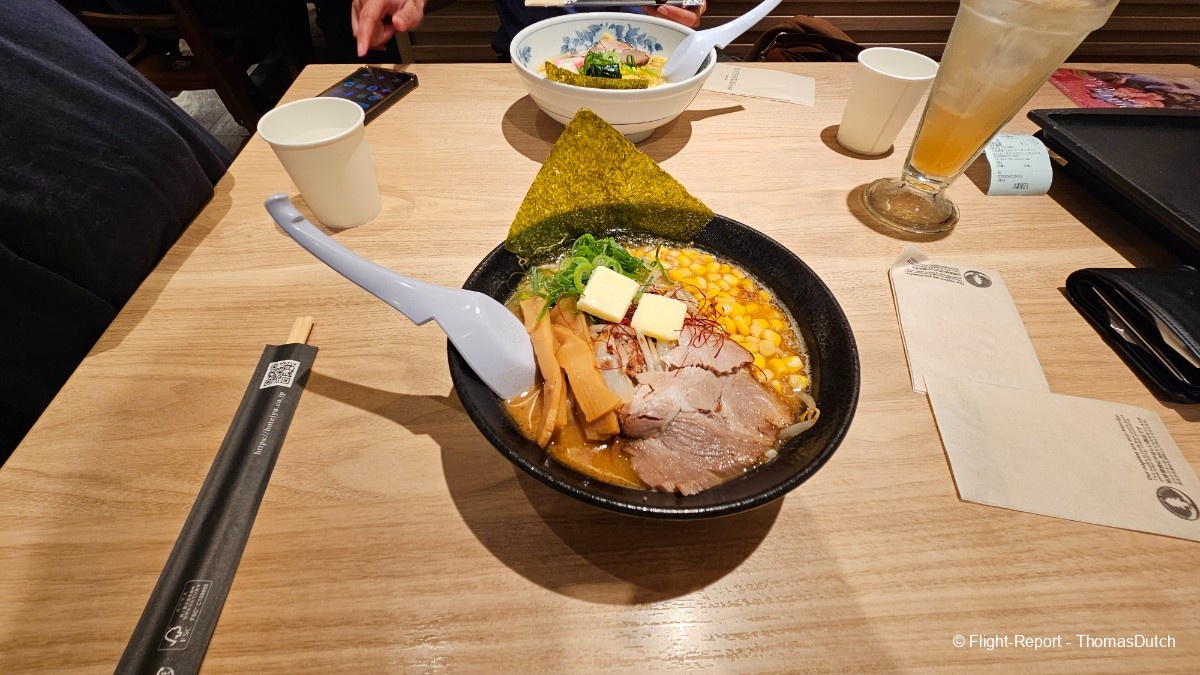
By the time we were finished with our noodles, we made it to our gate where our aircraft recently arrived and was disembarking it's passengers from Tokyo. The gate offers plenty of seating with some nice views over the apron. Found the seats to be quite comfy too.

And here is our bird that was going to bring us over to Tokyo Haneda. JA26MC, a 6.2 year old Airbus A320 that was newly delivered to them in October 2018 and is named after the City of Kitakyushu. This specific bird used to carry the Attack on Titan livery (which I believe was a famous anime?), but has recently been returned back to it's original livery.

A close up.
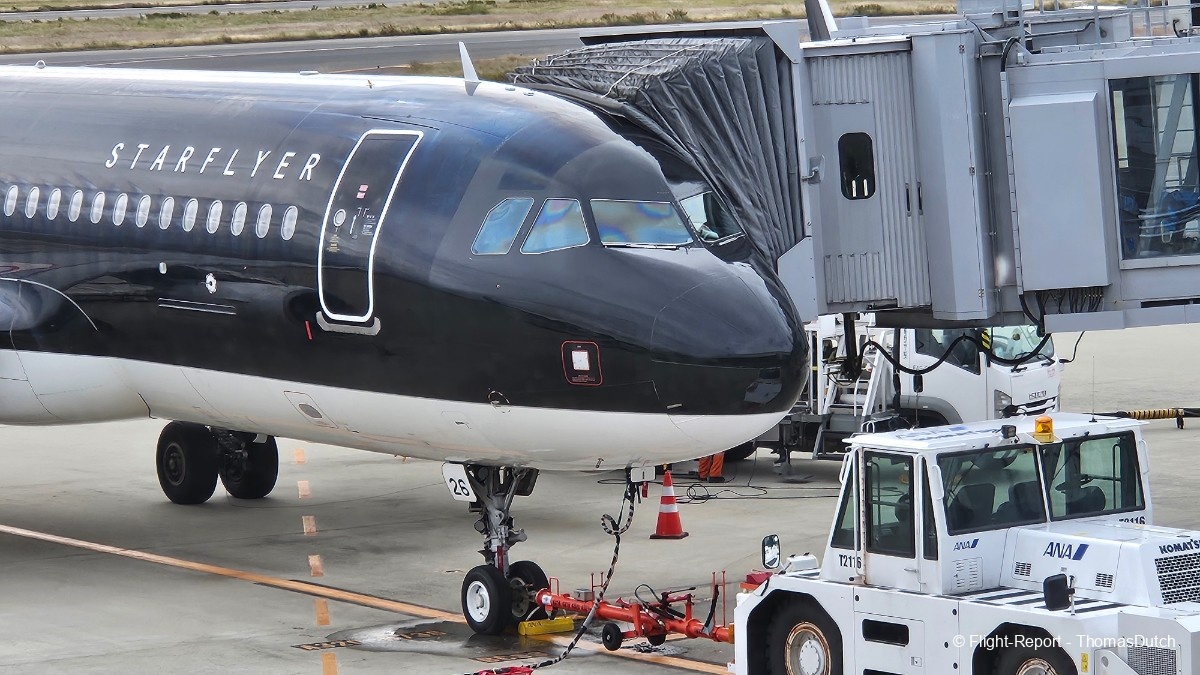
Some spotting
While we were waiting for boarding to be called, I did some spotting of aircraft that passed by. The first contender was this Airbus A321 (HL7789) of Air Seoul who arrived from Seoul Incheon as RS711 with quite a delay. I believe this airline & Air Busan are soon to be merged into Jin Air as Korean Air decided to do so.
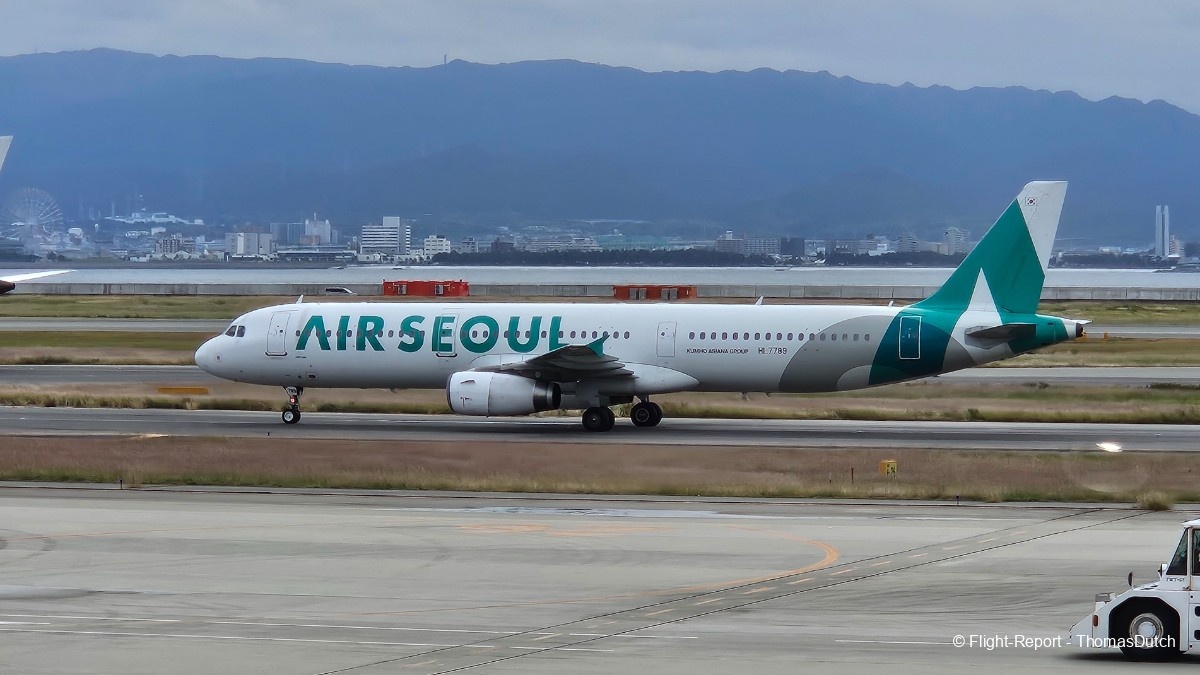
Followed by a Boeing 737-800 of China Airlines, which has just arrived as CI166 from Kiaohsung.
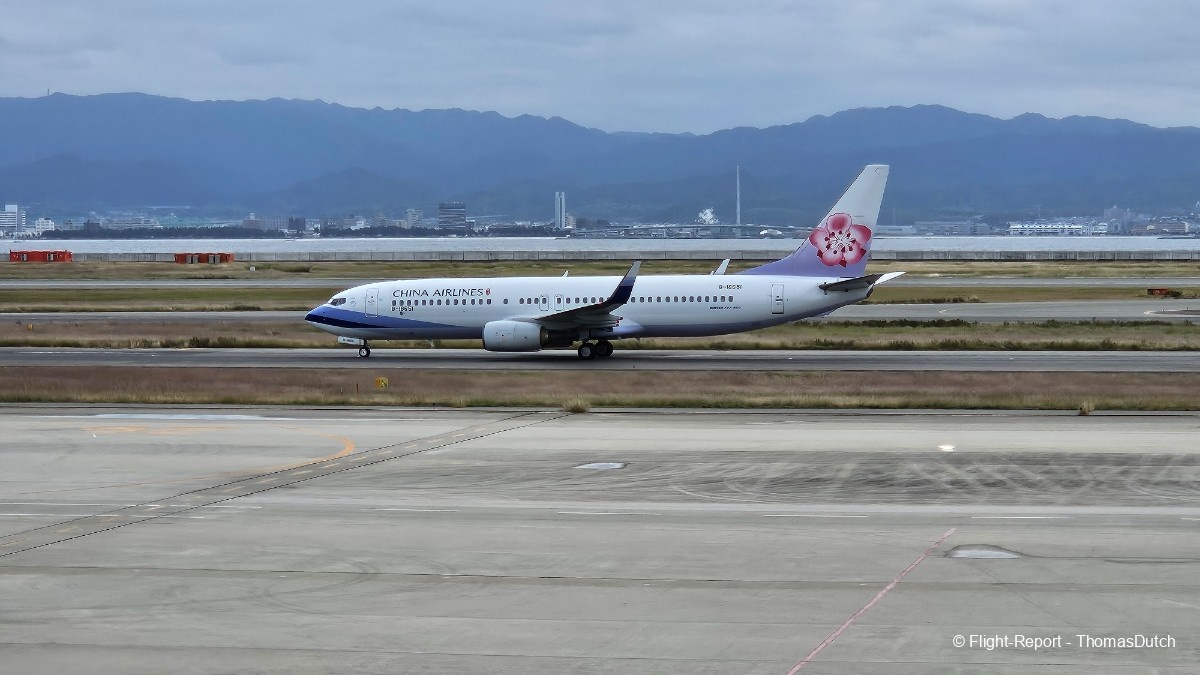
The Airbus A320 of ANA parked next to our aircraft was being pushed back for it's departure to Miyako as NH1749.
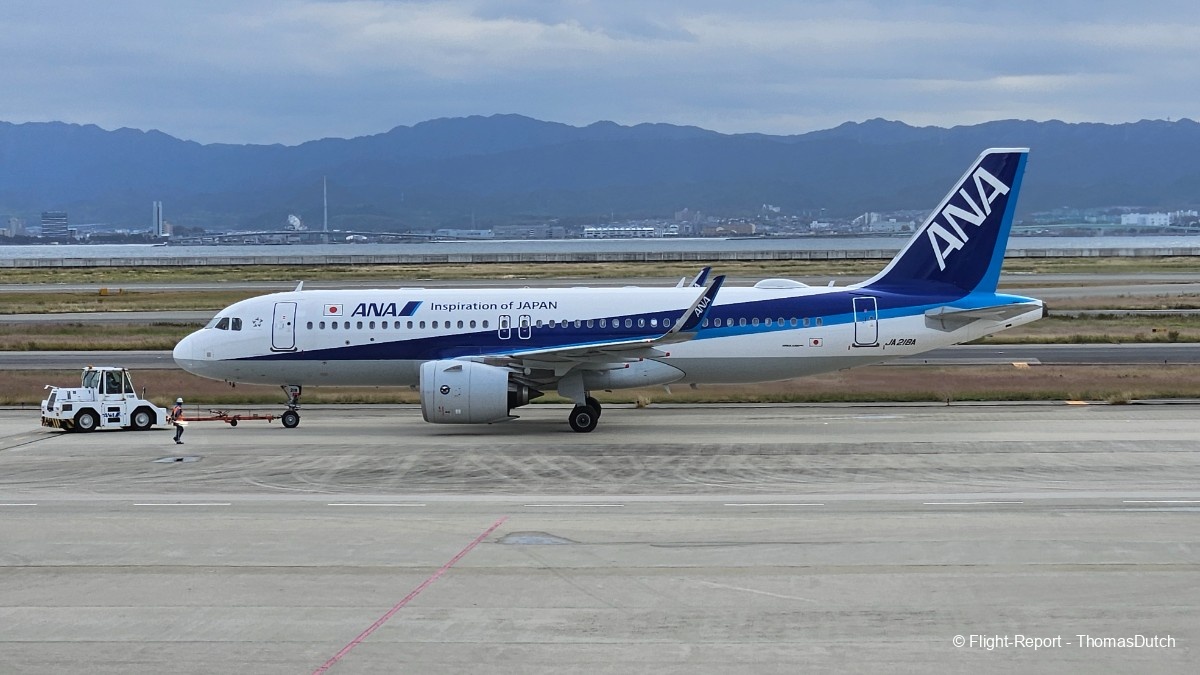
And as last is this Airbus A320neo (JA216P) of Peach Aviation who is about to depart to Okinawa as MM213.
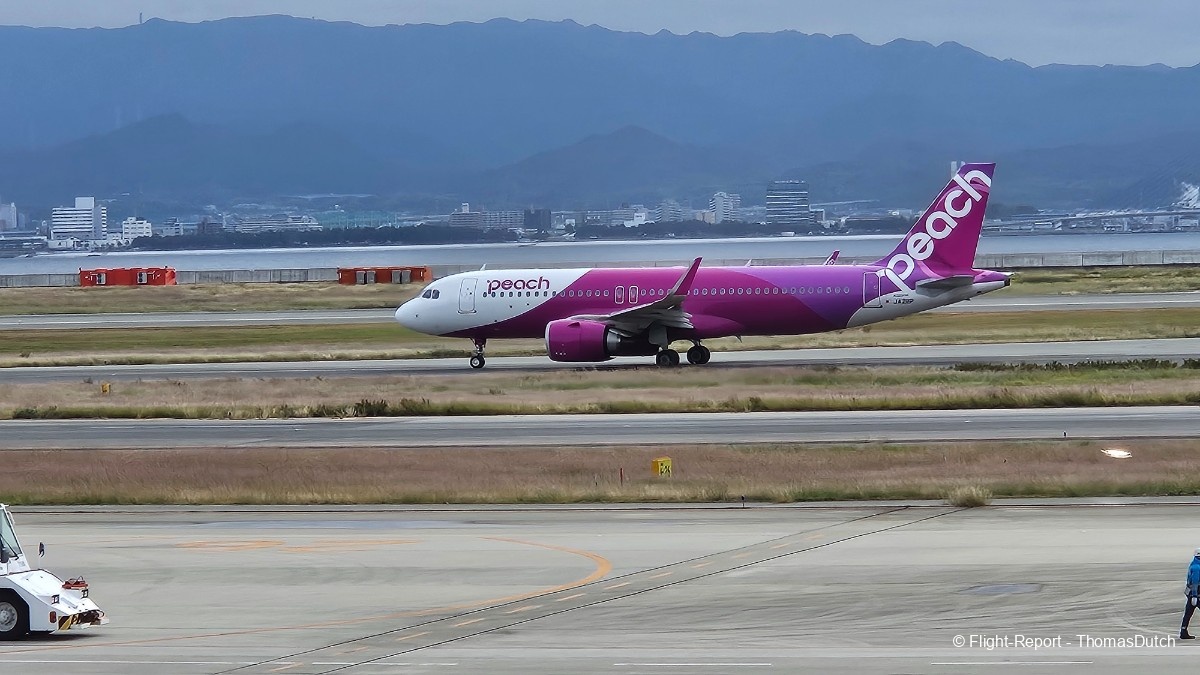
Flight 7G 22 / NH 3822
Boarding was called right on time and went into five different groups. As usual everyone did adhere to those zones and boarding went at an amazing pace. Upon embarking the aircraft, we were kindly greeted by two flight attendants and we made it to row 7, which were going to be our seats for this short flight to Tokyo Haneda.

The seat itself is very comfortable with tons of legroom. It also included a personal IFE system, a coat hook and an USB charger.

A power socket and an additional usb plug were found below.
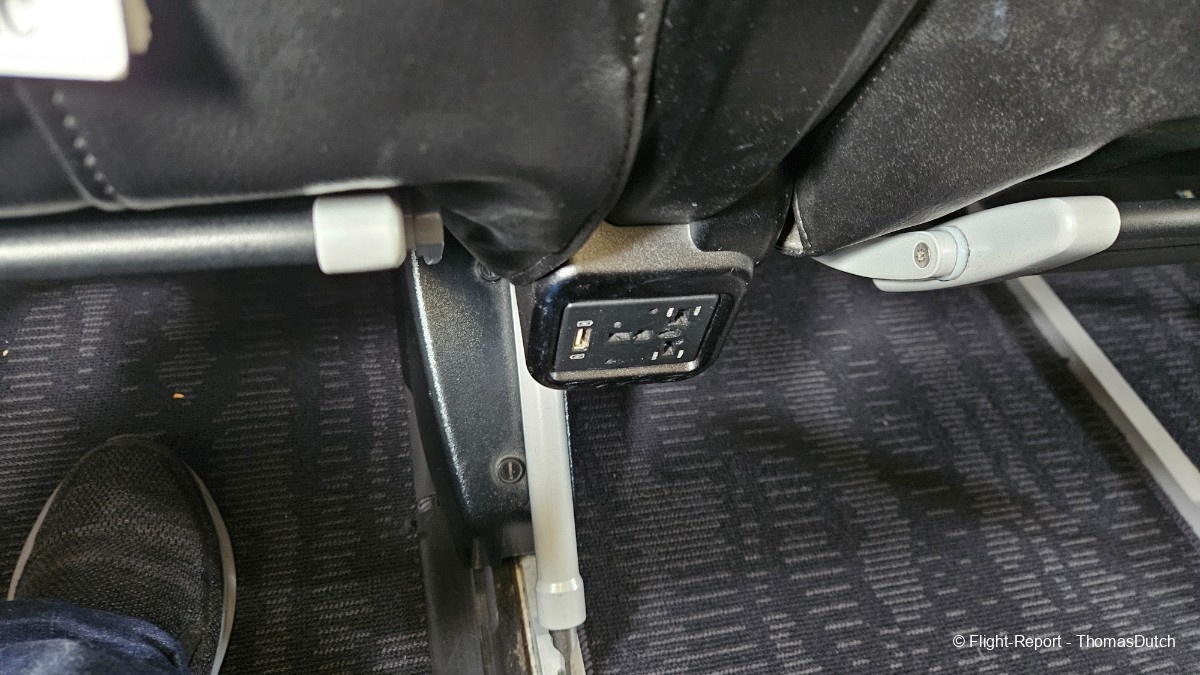
The seat also included a foot's rest, which is a nice add on, but very uncomfortable to use if you are above a certain height.

The view of my seat with a Tigerair Taiwan A320 in the back prepping for it's flight to Taipei.

A view of the cabin.

Pushback was engaged about five minutes ahead of our scheduled departure with an Airbus A330neo of Starlux pulling into stand.

On our way to Runway 24L
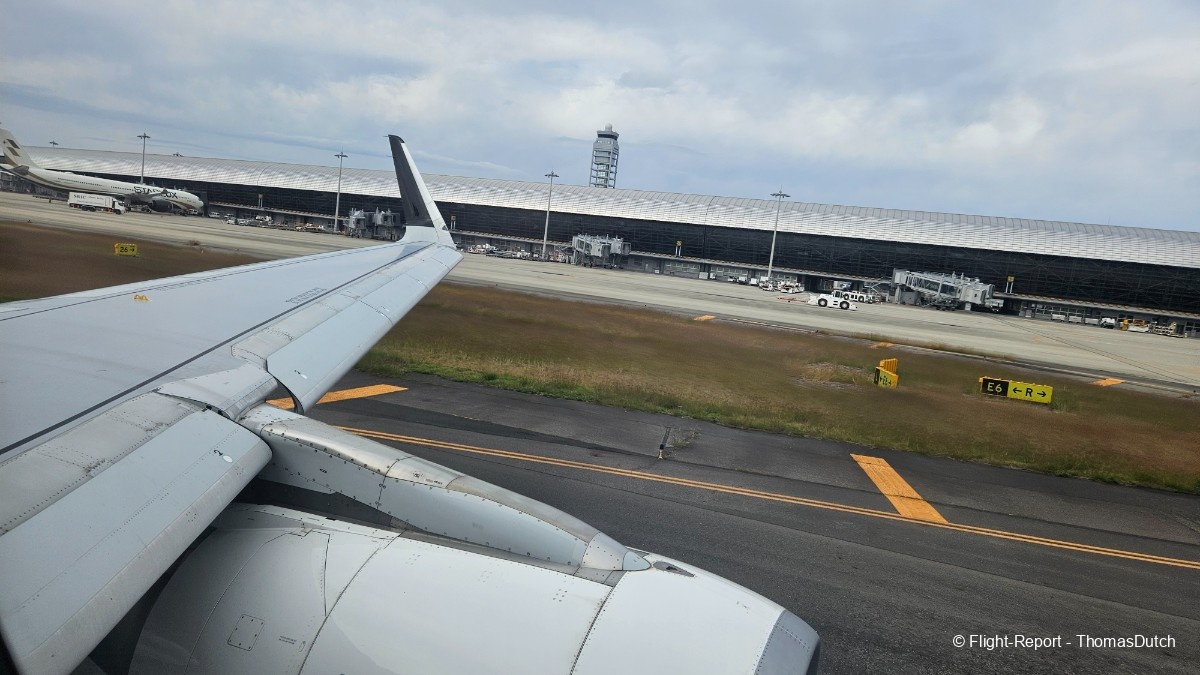
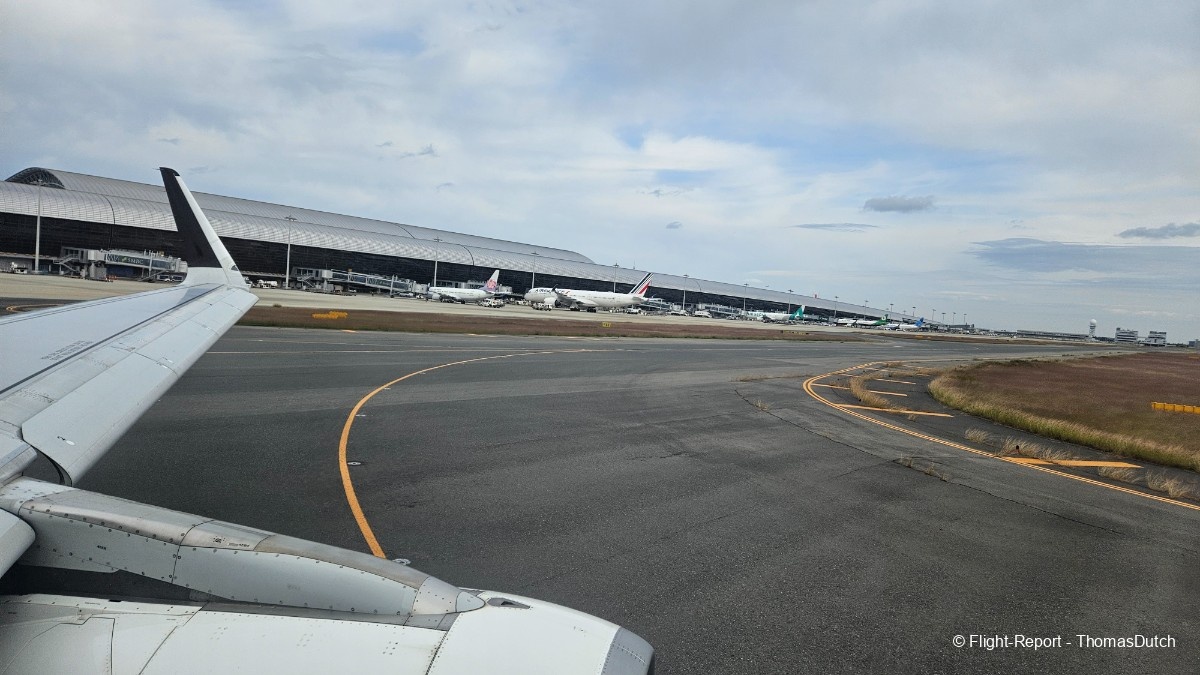
And about three minutes past our scheduled departure time we were airborne for our northerly flight to Tokyo.
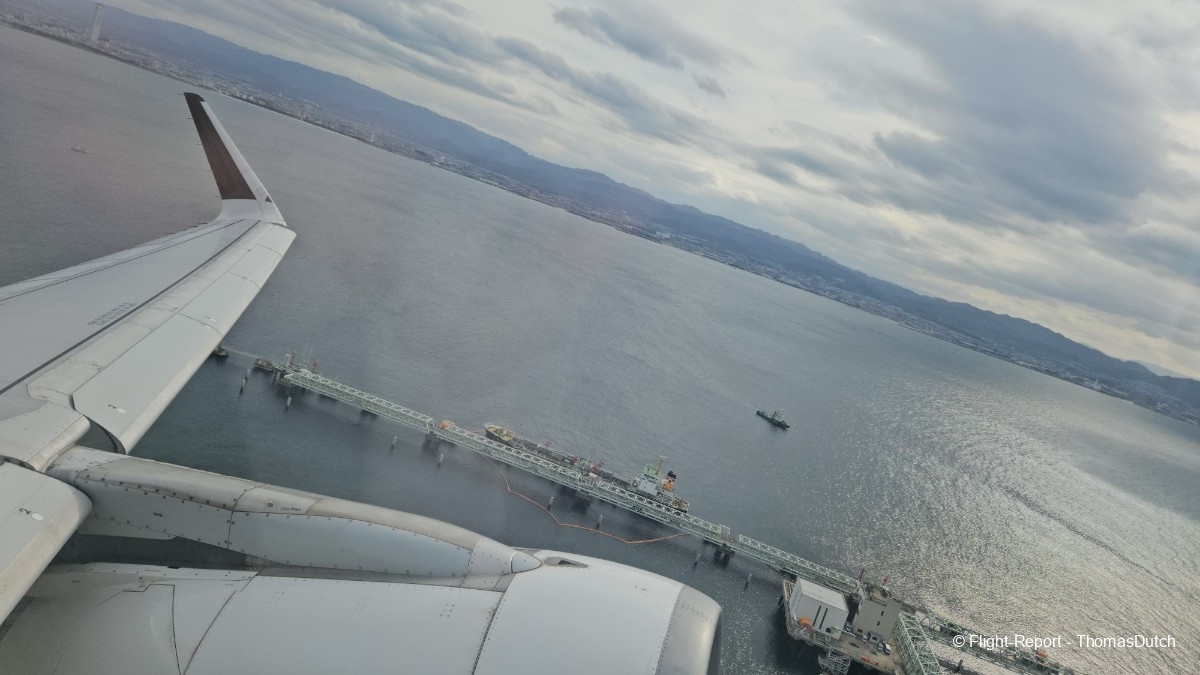
When passing the 10.000 ft marker, the seatbelt signs were turned off and flight attendants jumped into action to provide us with our complimentary beverage, but first I did check whether the table was clean and passed inspection, which it did.
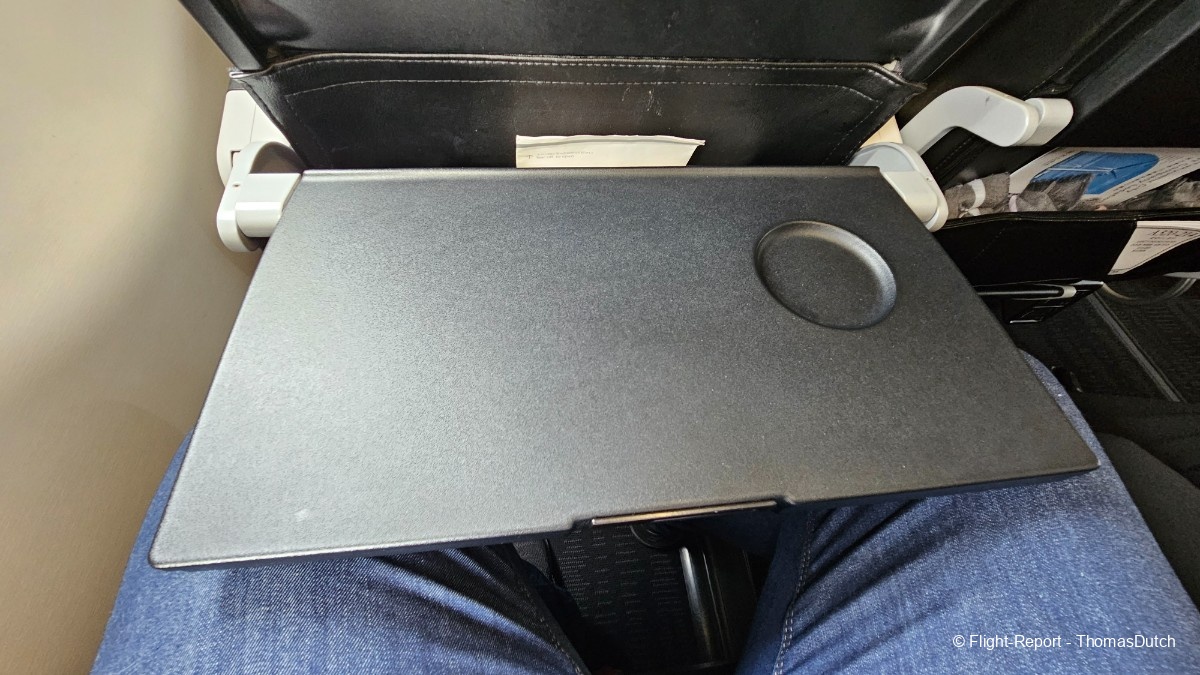
The literature in the seat pocket contained of a waste bag, a location guide of StarFlyer's City and a Safety Card.
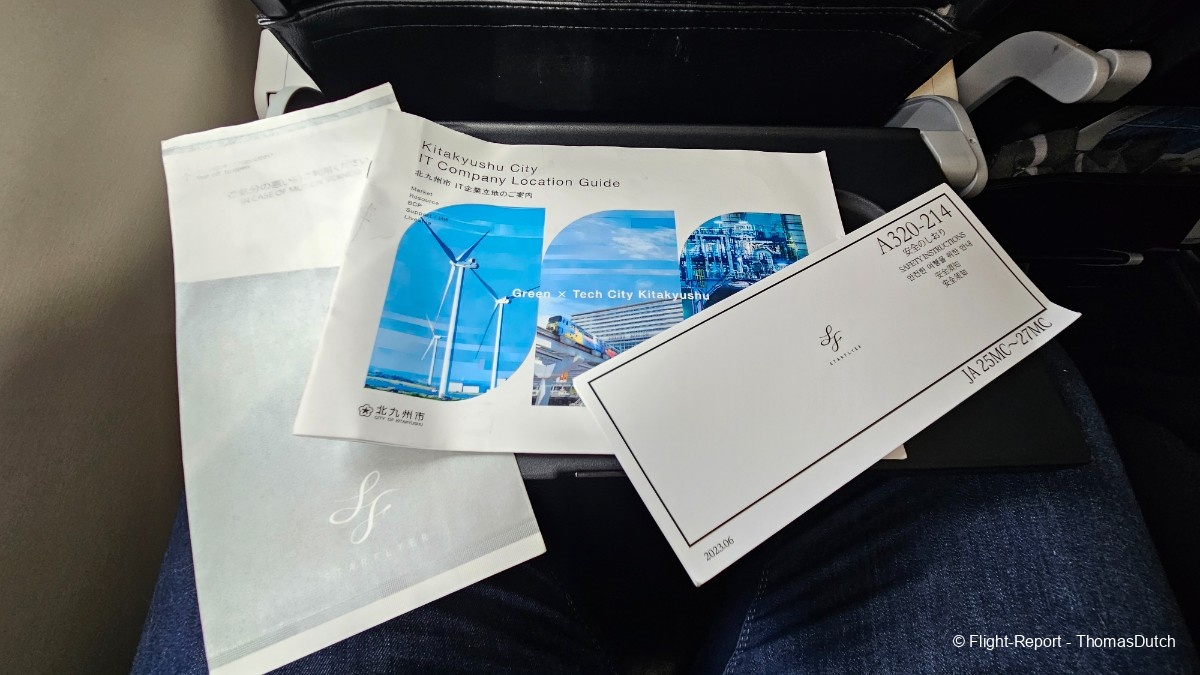
The safety card came in a foldable document and can't say I've seen one just like this.

The aircraft was also well-maintained and came with individual air vents.
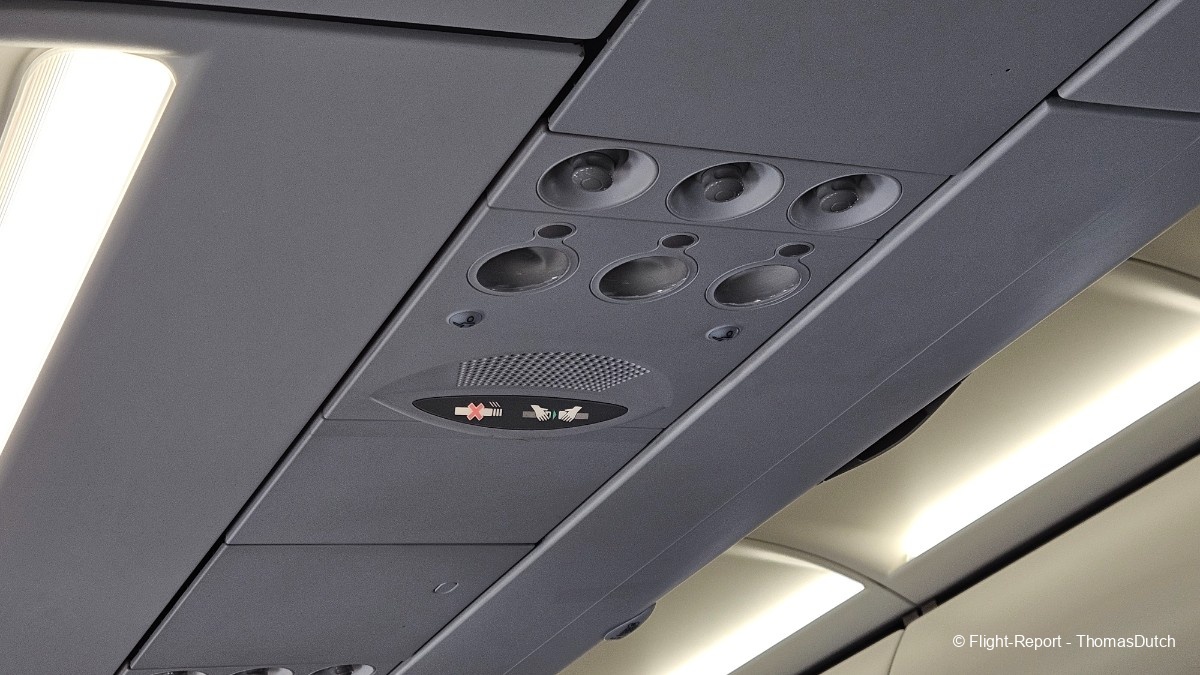
The IFE was very limited in terms of content with 11 videos that were solely catered to Japanese people and a map to display our altitude and location. No audio, E-Book, Shopping, Information, Travel Documents and Promotion information was available.


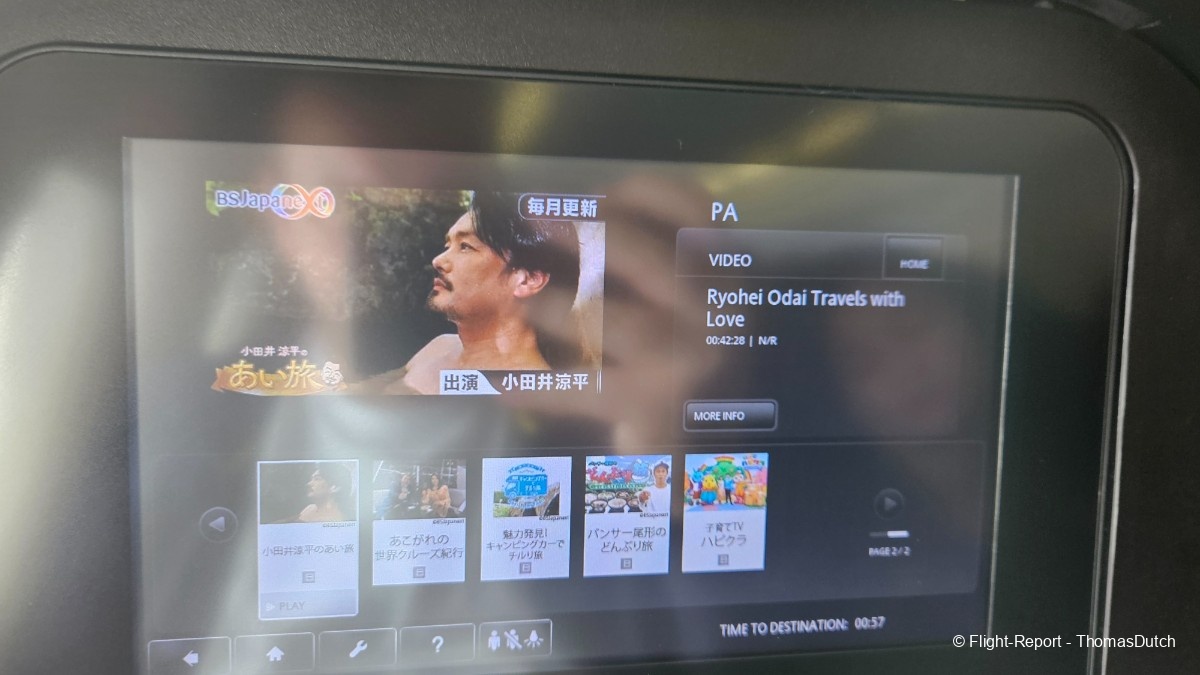
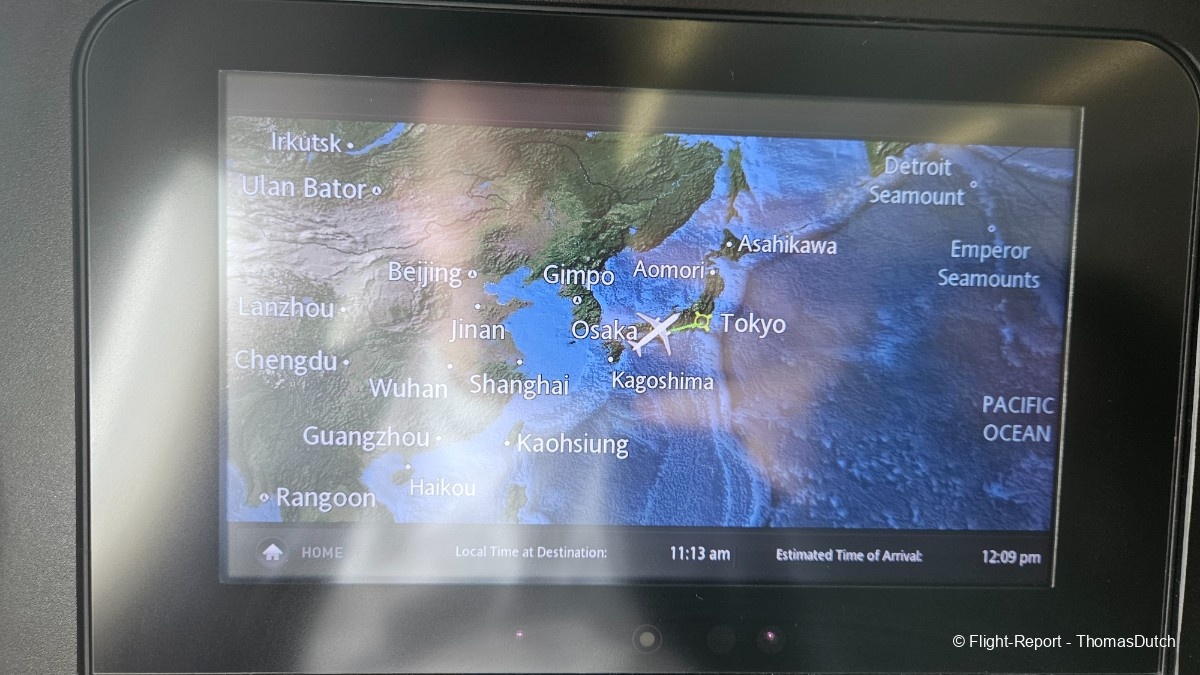
The complimentary beverage services contained of coffee, tea, juices or water and once the flight attendants came by, I asked for a cup of coffee. I kindly asked for some milk when she asked if I'd like some sugar or milk and was also handed out a chocolate, which is similar to the one you're getting from Lufthansa.
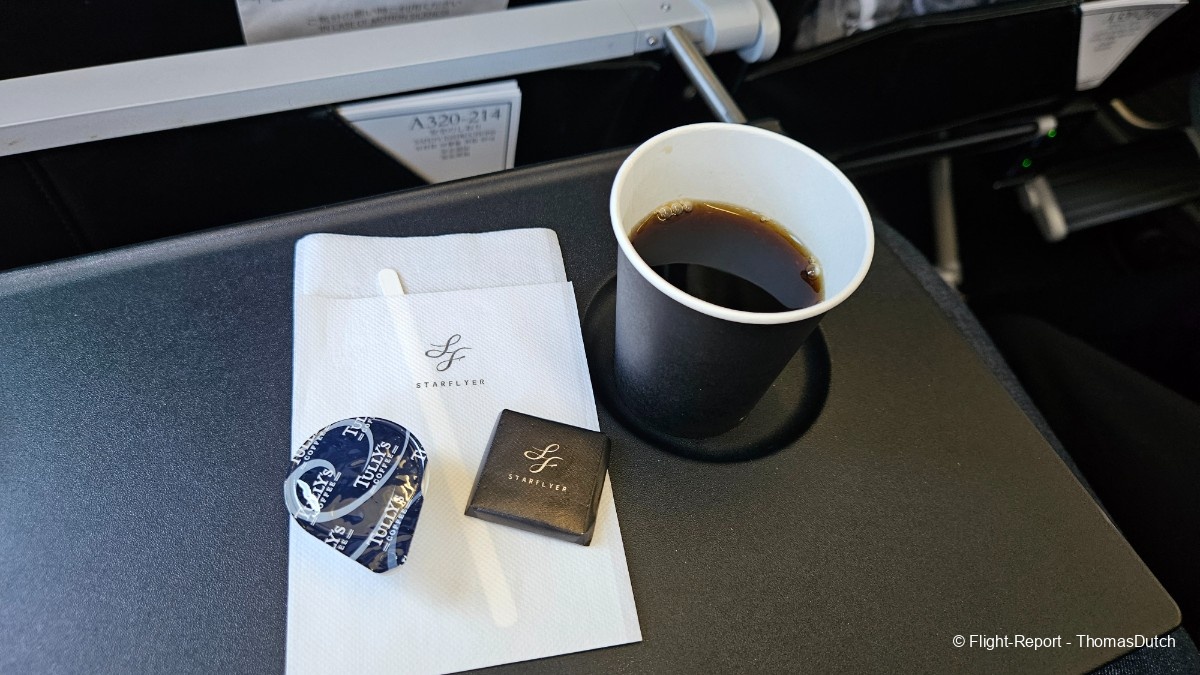
Enjoying my cup of coffee on this wonderful day with Mount Fuji in the background.
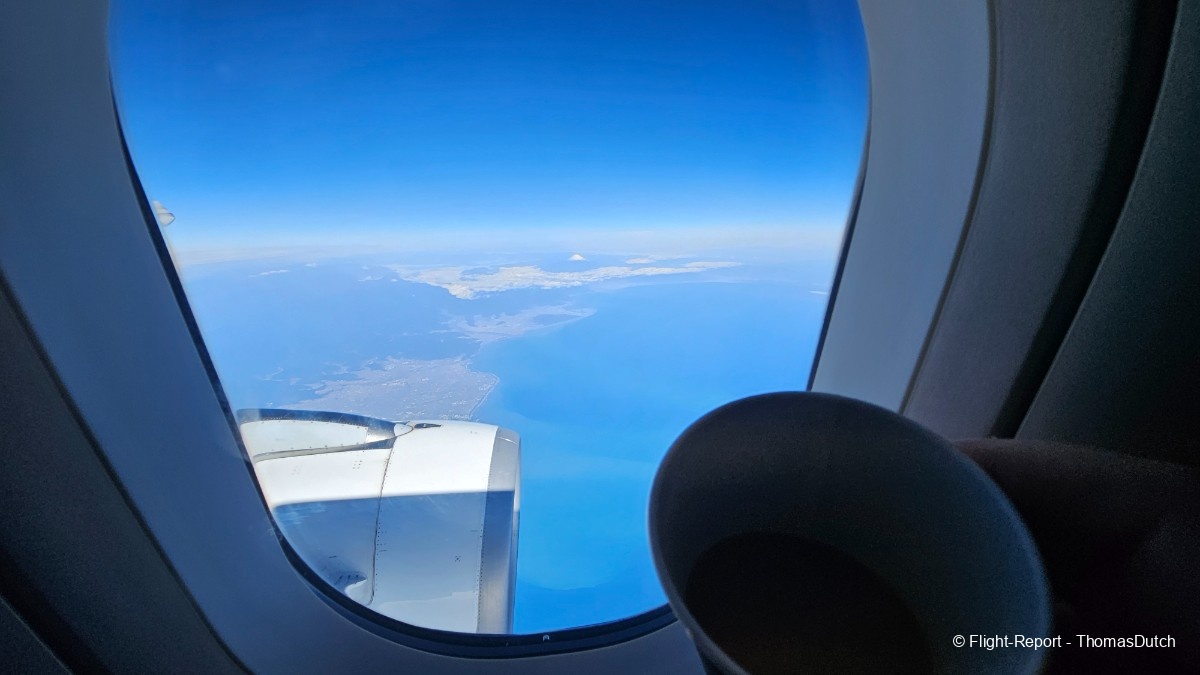
A close up of Mount Fuji.
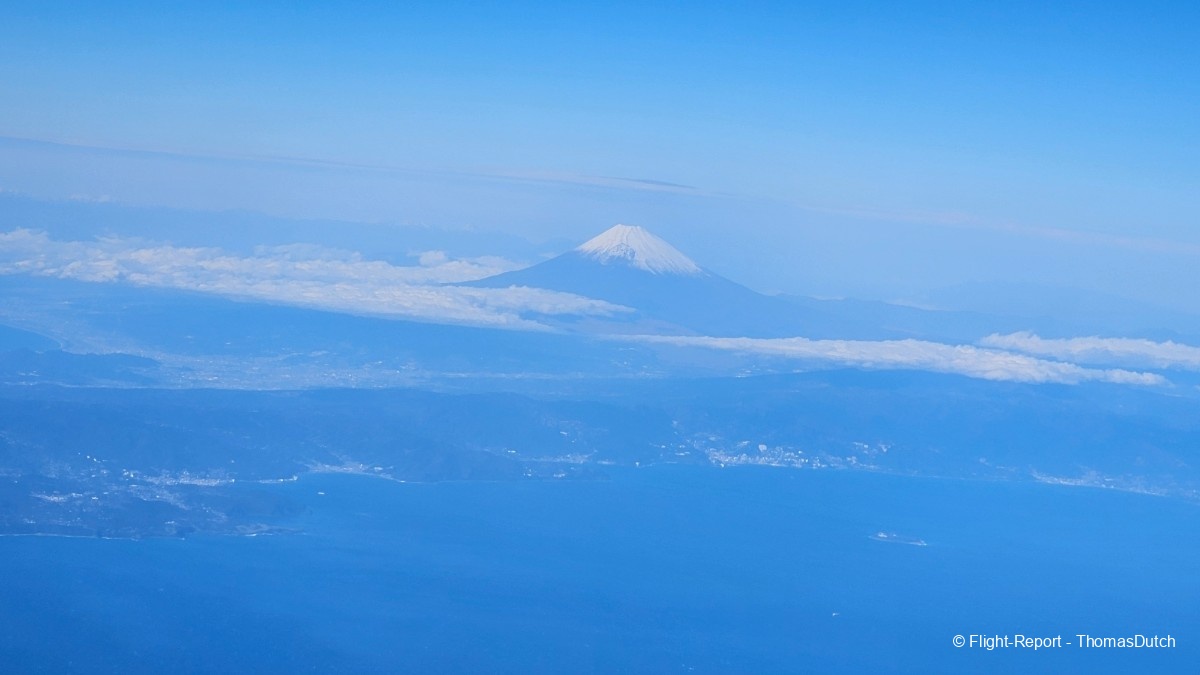
Not much later we were already in our descent into Tokyo Haneda and lining up for Runway 22. A quick clean-up was performed by flight attendants too, which gave us a bit more time to have our drink comparing it to my previous flight with JAL.

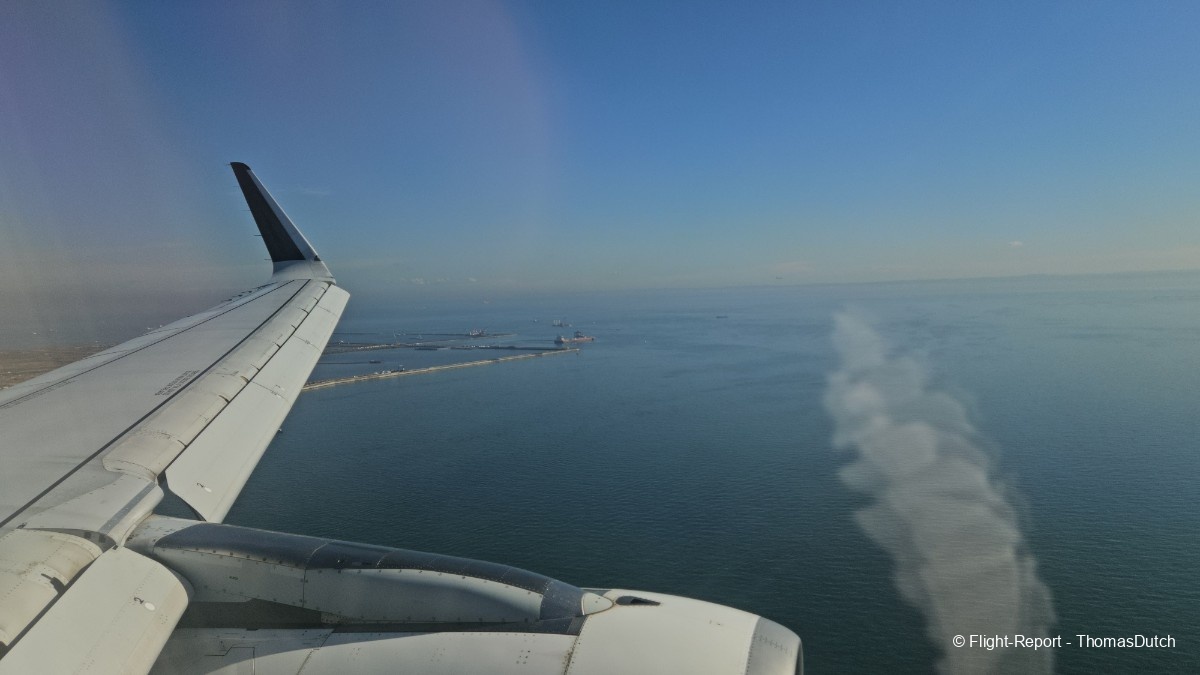
Touchdown at 22 about 16 minutes ahead of schedule.

Upon vacating the runway we were taxiing down on taxiway L parallel to Runway 16R with a Boeing 737-800 of Japan Airlines to depart.

Despite StarFlyer working closely with ANA on many of their flights, they are still using terminal 1 and so here we are about 9 minutes ahead of our scheduled arrival time. A job well done.
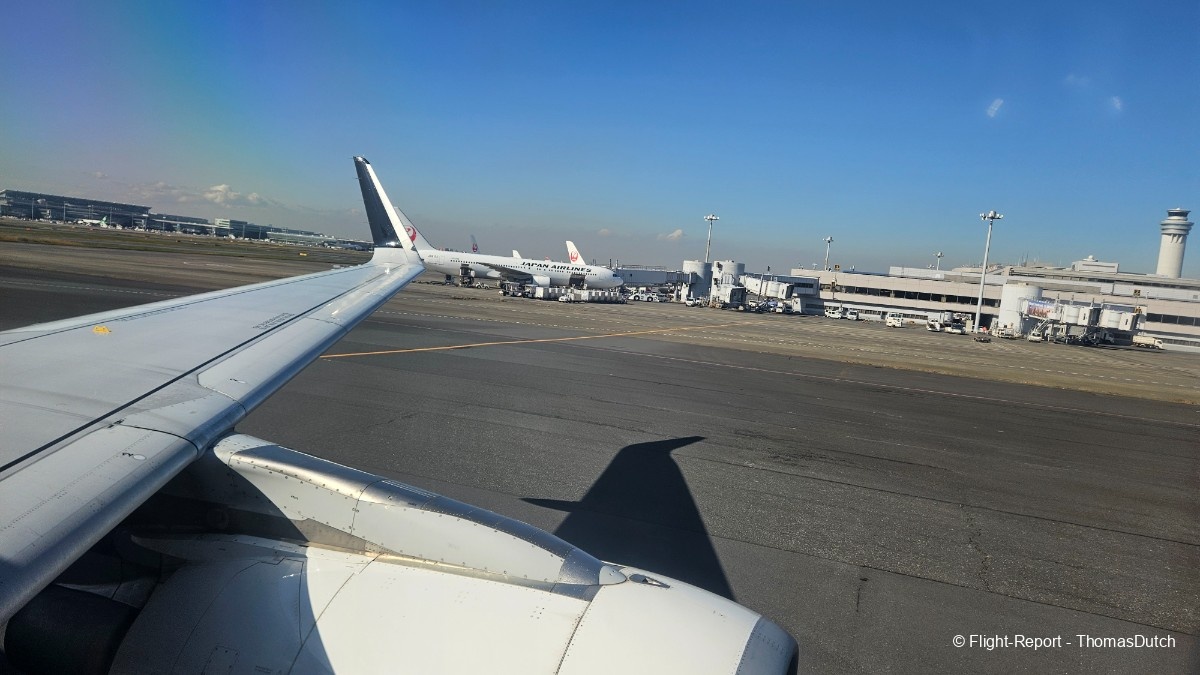
It took quite a while for us to reach the baggage claim as we were probably at one of the furthest gates possible
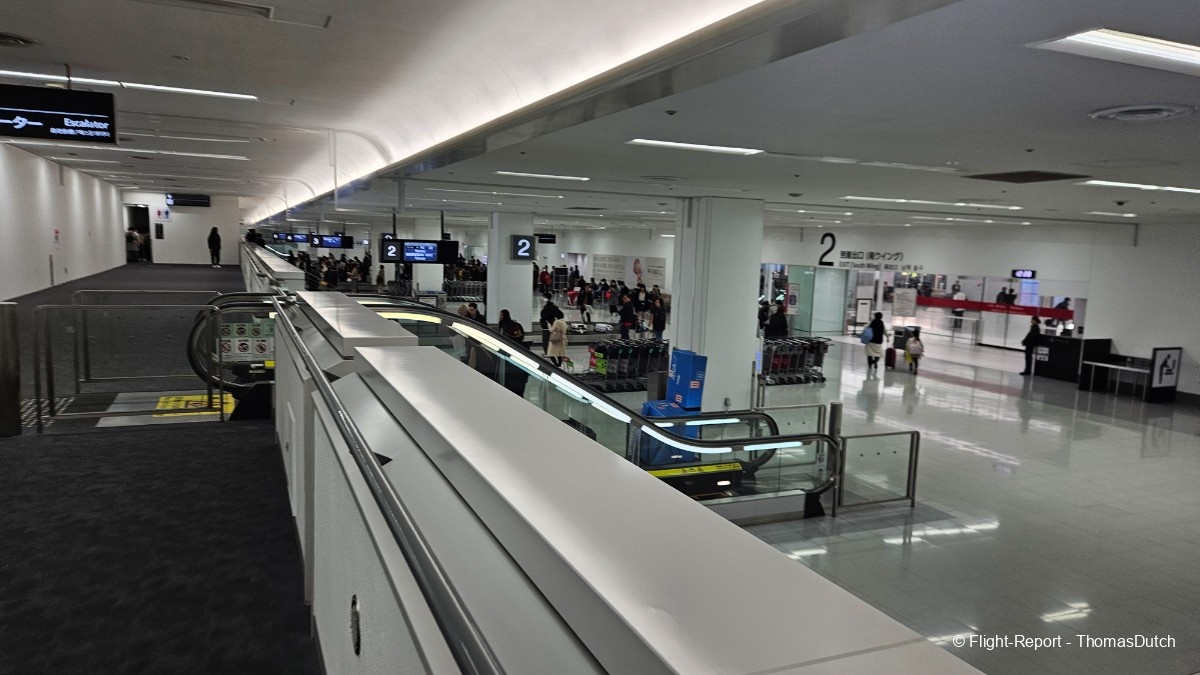
Though by the time we were reaching our belt, the first luggage was appearing on belt.
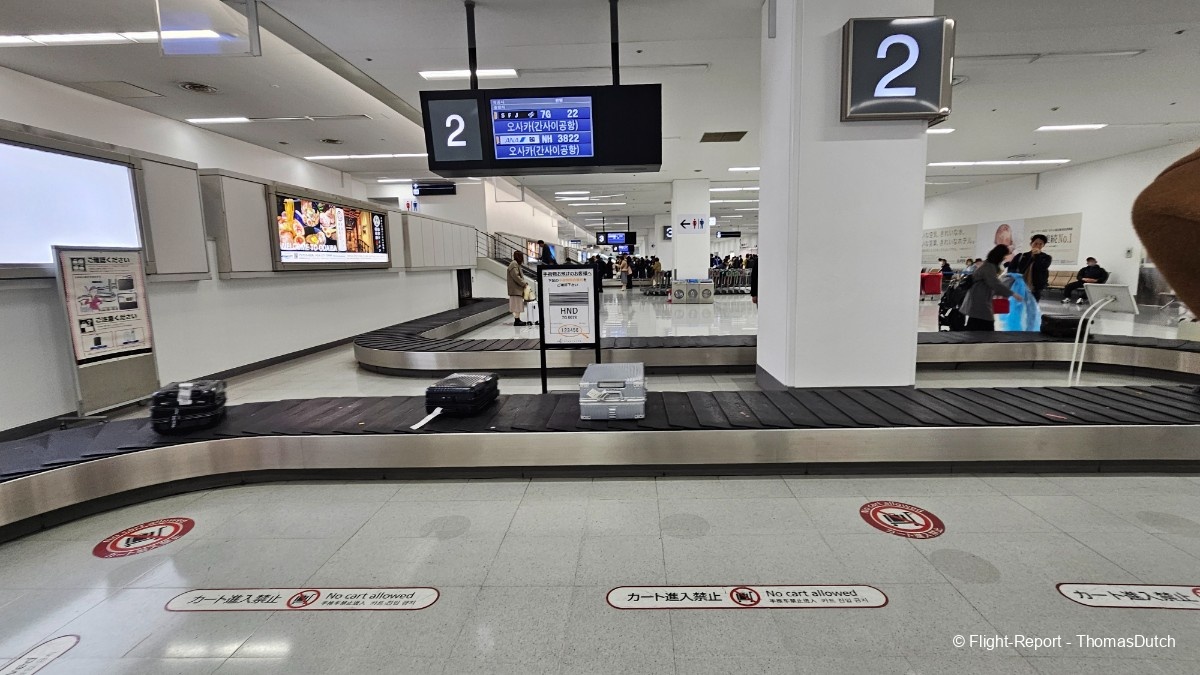
Given that we had plenty of time and to connect to Narita, I forwarded the bus I booked to one to depart in 30 minutes from now. But upon arriving to our bus, personnel was so kind to put us on the bus about to depart (as online system didn't allow it) and this gave us plenty of time to reach Narita.
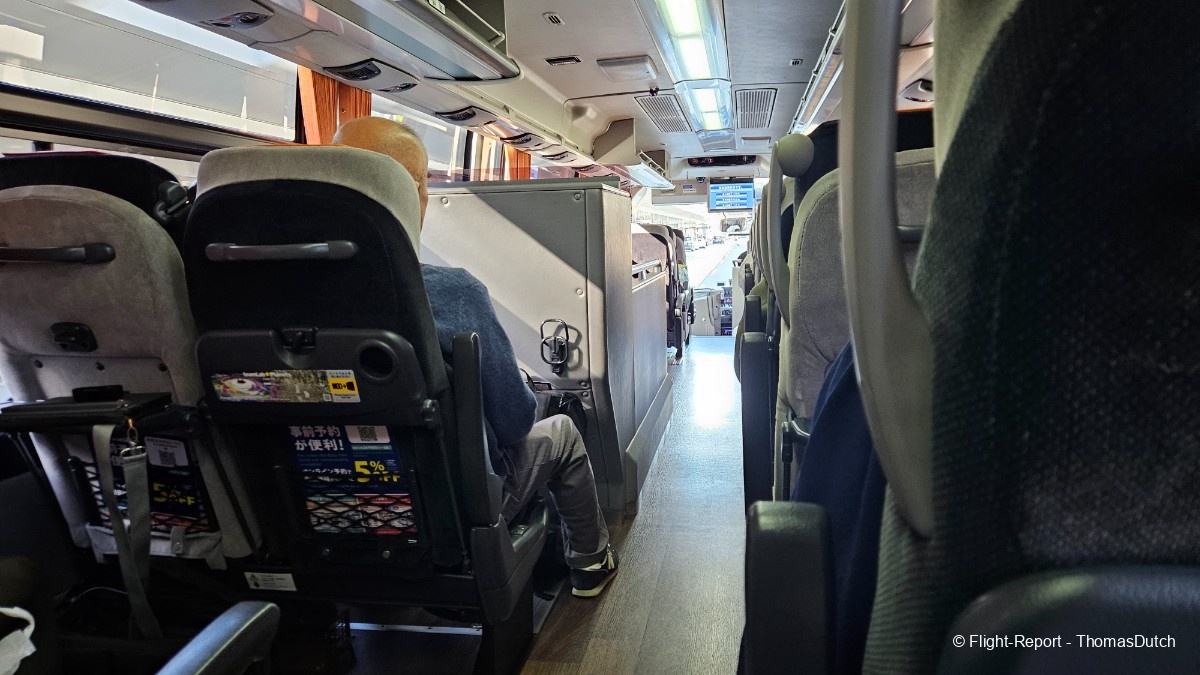
Thanks for stopping by!
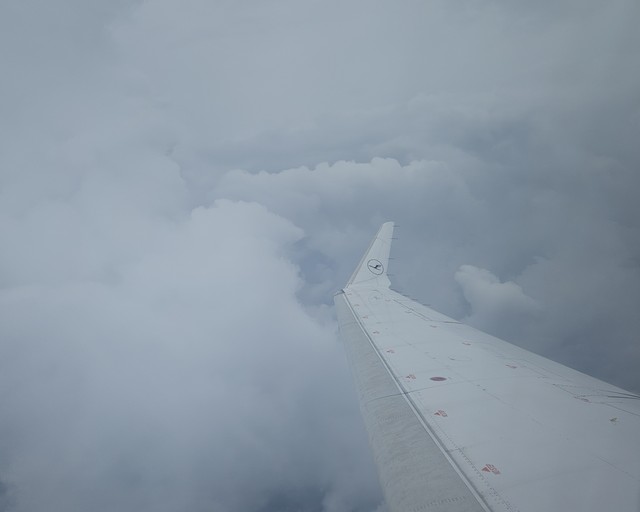
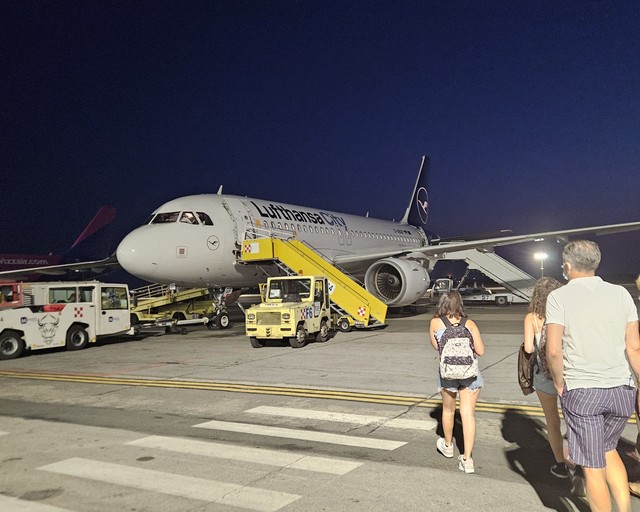
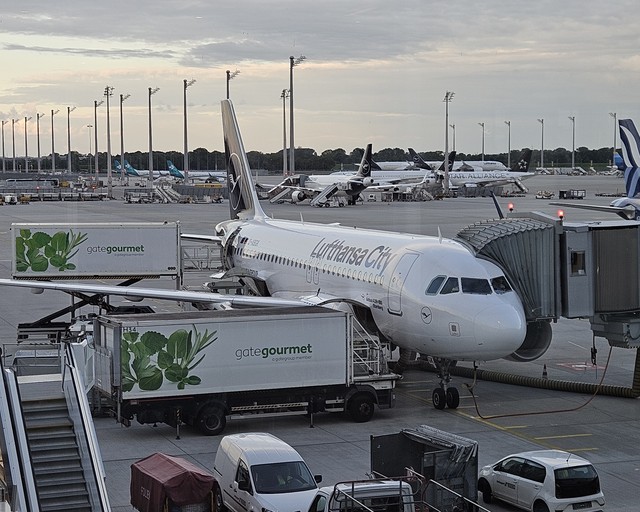
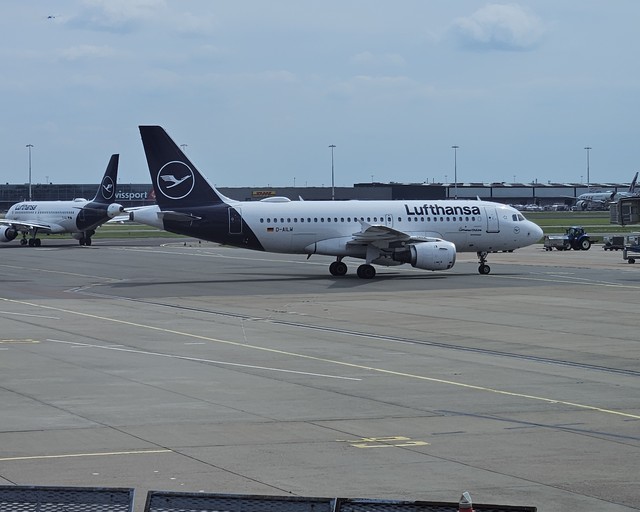
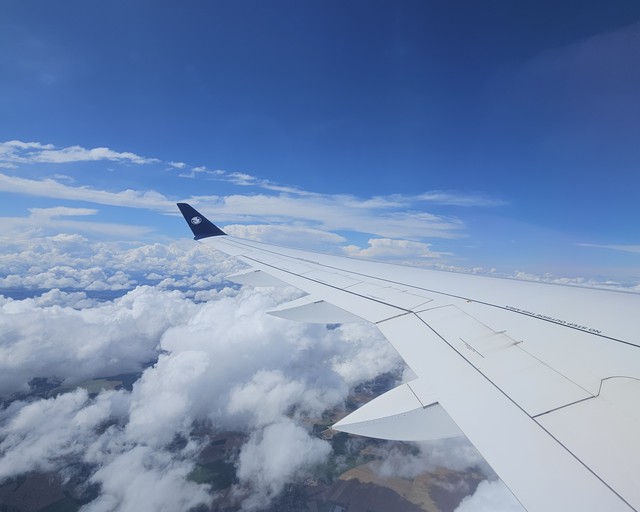
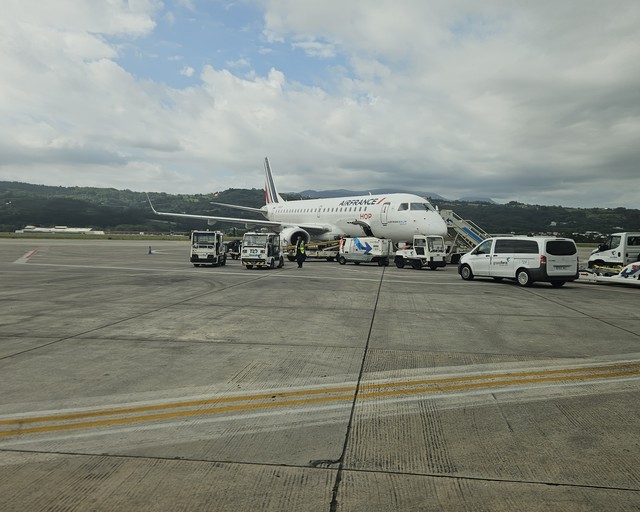

Thanks for sharing this 7G report, one of the best boutique domestic carriers in Japan. The IFE (while dated today) was revolutionary when put in their planes, considering 10 years ago JL and NH simply had news headlines (text only) circulating on overhead screens. It’s good to see that these sub-brands of NH and JL groups have survived through the pandemic with little change in service standards.
I've been wanting to fly them for ages, so I saw chances to fly with them on this trip and I wasn't disappointed. The product is solid and despite the IFE being very outdated, for the flights they are performing it is absolute unnecessary to install them, so it is basically just a plus for them to have them installed.
Also I don't think it was much of a hassle for 7G to survive compared to other carriers as they are basically focused on domestic routes only, so they didn't really rely on international passengers given that the majority of Japanese have never been abroad. The only odd thing to me is the way they sell their tickets in periods of 6 months, so one is only able to buy tickets up to 6 months starting from October. If one wants to buy tickets for April, they need to wait to like February when 7G opens the next 6 months for some odd reason.
Thanks for stopping by!
They had plans to rapidly expand their operations with regional international service right before the pandemic and had to scrap their routes from KKJ/NGO into TPE/ICN. Their model is a lot less robust than HD that could always survive with CTS’ year round demand.